Growing Cherry Trees Backyard: Imagine stepping into your backyard and plucking a handful of juicy, sun-ripened cherries straight from your own tree. Sounds like a dream, right? Well, it doesn’t have to be! For centuries, cherry trees have been cherished not only for their delicious fruit but also for their stunning spring blossoms, a symbol of renewal and beauty in many cultures, particularly in Japan with their famous cherry blossom festivals.
But let’s be honest, the thought of growing cherry trees backyard can seem a little daunting. Where do you even begin? That’s where this DIY guide comes in! I’m here to break down the process into easy-to-follow steps, sharing my favorite tricks and hacks to help you cultivate thriving cherry trees, even if you’re a complete beginner.
In today’s world, where we’re increasingly conscious of where our food comes from, growing your own fruit is not only rewarding but also a sustainable choice. Plus, who can resist the satisfaction of harvesting your own delicious cherries? This guide will equip you with the knowledge and confidence to successfully grow cherry trees in your backyard, transforming your space into a fruitful oasis. Get ready to roll up your sleeves and let’s get planting!
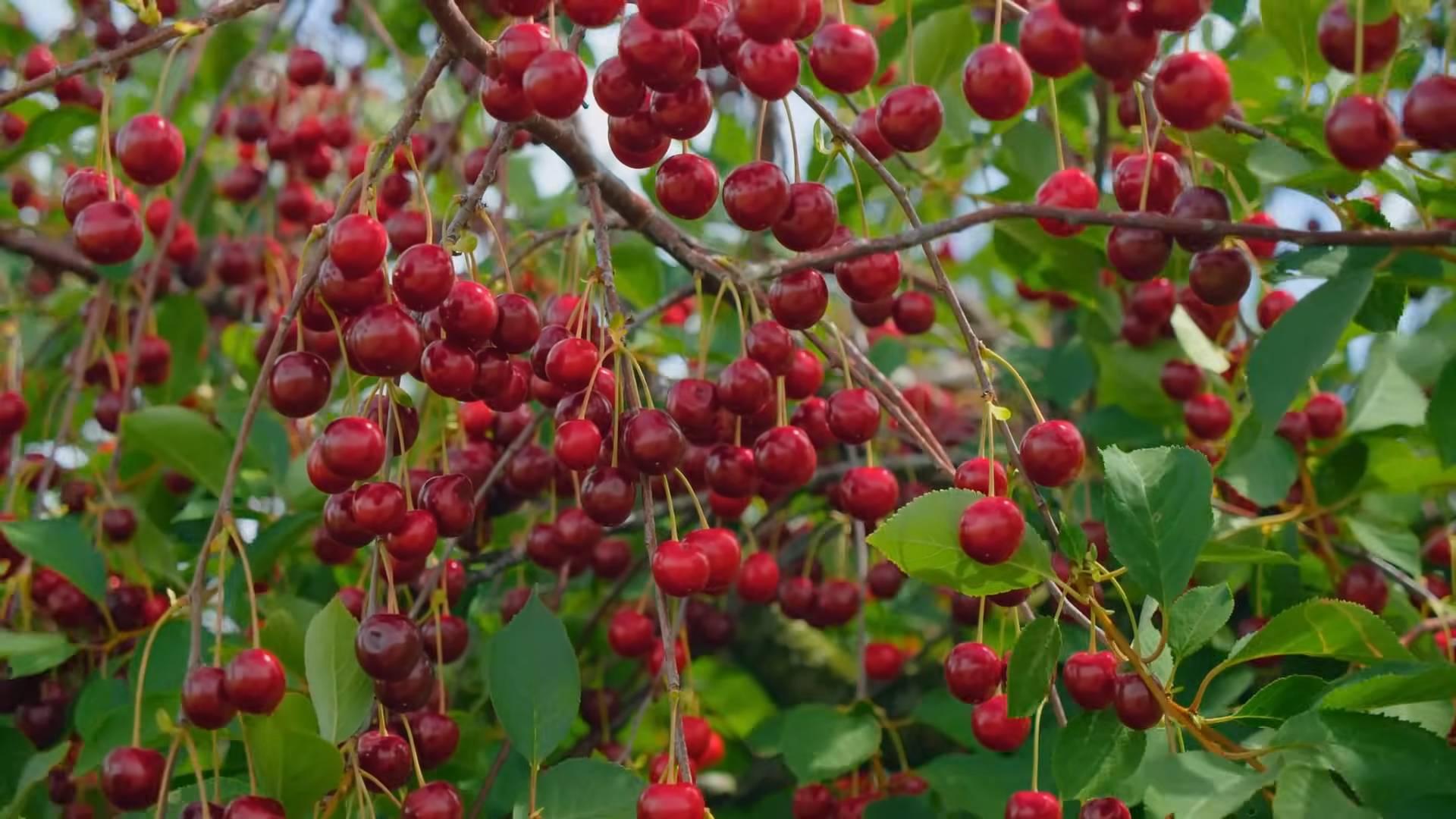
Growing Your Own Cherry Trees: A Backyard Orchard Adventure!
Okay, so you’re thinking about growing cherry trees in your backyard? Awesome! I’m here to tell you, it’s totally doable, and the reward of fresh, juicy cherries straight from your own garden is absolutely worth the effort. It might seem daunting at first, but I’m going to break it down into easy-to-follow steps so you can get started on your cherry-growing journey.
Choosing the Right Cherry Tree for Your Backyard
Before you even think about digging a hole, you need to figure out what kind of cherry tree will thrive in your specific environment. Not all cherry trees are created equal!
* Sweet vs. Sour: This is the big one. Sweet cherries (like Bing, Rainier, and Lambert) are what you typically eat fresh. Sour cherries (like Montmorency and Morello) are better for pies, jams, and preserves. Consider what you plan to do with your cherries. I personally love a good cherry pie, so I lean towards sour varieties.
* Climate Considerations: Cherry trees need a certain number of “chill hours” – the number of hours below 45°F (7°C) during the winter. This is crucial for proper bud development and fruit production. Check your local climate data to see how many chill hours your area gets and choose a variety that matches. Some varieties are low-chill, perfect for warmer climates.
* Space Requirements: Cherry trees can get pretty big! Sweet cherries especially need a lot of space. Consider dwarf or semi-dwarf varieties if you have a smaller yard. These are grafted onto rootstocks that control their size. Also, think about how close the tree will be to your house, fences, and other plants.
* Pollination Needs: Many sweet cherry varieties are not self-pollinating, meaning they need another compatible cherry tree nearby to produce fruit. Sour cherries are generally self-pollinating, which is a huge plus if you only have room for one tree. If you’re going for sweet cherries, research which varieties pollinate each other well. For example, Bing cherries are often pollinated by Lambert or Rainier.
* Disease Resistance: Look for varieties that are resistant to common cherry tree diseases like leaf spot, brown rot, and bacterial canker. This will save you a lot of headaches (and potentially your tree!) in the long run.
Preparing the Planting Site
Alright, you’ve picked your cherry tree! Now it’s time to get the planting site ready. This is a crucial step, so don’t skip it!
* Sunlight: Cherry trees need at least 6-8 hours of direct sunlight per day. Choose a spot in your yard that gets plenty of sun.
* Soil Drainage: Cherry trees hate wet feet! They need well-draining soil to thrive. If your soil is heavy clay, you’ll need to amend it with organic matter like compost, peat moss, or well-rotted manure.
* Soil pH: Cherry trees prefer a slightly acidic to neutral soil pH (around 6.0-7.0). You can test your soil pH with a soil testing kit from your local garden center. If your soil is too alkaline, you can amend it with sulfur.
* Clearing the Area: Remove any grass, weeds, rocks, or other debris from the planting area. Dig a hole that is twice as wide as the root ball of your cherry tree and just as deep.
* Adding Amendments: Mix some compost or other organic matter into the soil you removed from the hole. This will help improve drainage and provide nutrients for your tree.
Planting Your Cherry Tree: The Step-by-Step Guide
Okay, the moment of truth! Let’s get that cherry tree in the ground.
1. Carefully Remove the Tree from its Container: Gently loosen the root ball from the container. If the roots are circling around the bottom, gently tease them apart. This will encourage them to grow outward into the surrounding soil.
2. Position the Tree in the Hole: Place the tree in the center of the hole, making sure the top of the root ball is level with the surrounding soil. You don’t want to plant it too deep!
3. Backfill the Hole: Gradually backfill the hole with the amended soil, tamping it down gently as you go. Be careful not to compact the soil too much.
4. Water Thoroughly: Once the hole is filled, water the tree thoroughly. This will help settle the soil and remove any air pockets.
5. Mulch Around the Tree: Apply a layer of mulch around the base of the tree, keeping it a few inches away from the trunk. Mulch helps retain moisture, suppress weeds, and regulate soil temperature. I like to use wood chips or shredded bark.
6. Stake the Tree (Optional): If your tree is young and the trunk is thin, you may want to stake it for support. This will help protect it from wind damage. Use soft ties to attach the tree to the stakes, and make sure the ties are not too tight.
Caring for Your Cherry Tree: The Long Haul
Planting is just the beginning! Here’s how to keep your cherry tree happy and healthy for years to come.
* Watering: Water your cherry tree regularly, especially during dry periods. Young trees need more frequent watering than established trees. Check the soil moisture by sticking your finger into the soil. If it feels dry, it’s time to water.
* Fertilizing: Fertilize your cherry tree in the spring with a balanced fertilizer. Follow the instructions on the fertilizer package. Avoid over-fertilizing, as this can damage the tree.
* Pruning: Prune your cherry tree annually to maintain its shape, remove dead or diseased branches, and improve air circulation. The best time to prune is in late winter or early spring, before the tree starts to grow.
* Pest and Disease Control: Keep an eye out for pests and diseases. Common cherry tree pests include aphids, cherry fruit flies, and borers. Common diseases include leaf spot, brown rot, and bacterial canker. Treat any problems promptly with appropriate pesticides or fungicides. I always try to use organic options whenever possible.
* Protecting from Birds: Birds love cherries just as much as we do! To protect your crop, you may need to cover your tree with netting. This can be a bit of a hassle, but it’s worth it if you want to enjoy your cherries.
* Weed Control: Keep the area around your cherry tree free of weeds. Weeds compete with the tree for water and nutrients. You can control weeds by hand-pulling, hoeing, or using herbicides.
* Winter Protection: In colder climates, you may need to protect your cherry tree from winter damage. Wrap the trunk with burlap to protect it from sunscald and rodent damage. You can also apply a layer of mulch around the base of the tree to insulate the roots.
Pruning Your Cherry Tree: Shaping for Success
Pruning is essential for a healthy and productive cherry tree. Here’s a breakdown:
1. Timing is Key: The best time to prune cherry trees is in late winter or early spring, before the buds begin to swell. Avoid pruning in the fall, as this can make the tree more susceptible to winter damage.
2. Remove Dead, Damaged, or Diseased Wood: This is the first step in any pruning job. Cut back any branches that are dead, damaged, or diseased to healthy wood. Make clean cuts at a 45-degree angle, just above a bud or branch.
3. Open Up the Canopy: Cherry trees need good air circulation to prevent disease. Remove any branches that are crossing or rubbing against each other. Also, remove any branches that are growing inward towards the center of the tree.
4. Shape the Tree: Prune to create a strong, well-balanced framework of branches. The goal is to create a tree that is open and airy, with good sunlight penetration. For sweet cherries, aim for a central leader system, where one main trunk extends to the top of the tree. For sour cherries, aim for an open center system, where the center of the tree is open to allow for good sunlight penetration.
5. Remove Suckers and Water Sprouts: Suckers are shoots that grow from the base of the tree or from the roots. Water sprouts are shoots that grow straight up from the branches. Remove these, as they will steal energy from the tree and can become a nuisance.
6. Thin Out Fruit: If your tree is producing a lot of fruit, you may want to thin it out. This will help the remaining fruit grow larger and more flavorful. Thinning also helps prevent branches from breaking under the weight of the fruit.
Harvesting Your Cherries: The Sweet Reward
After all your hard work, it’s finally time to harvest your cherries!
* Timing is Everything: Cherries are ready to harvest when they are fully colored and slightly soft to the touch. The exact timing will depend on the variety
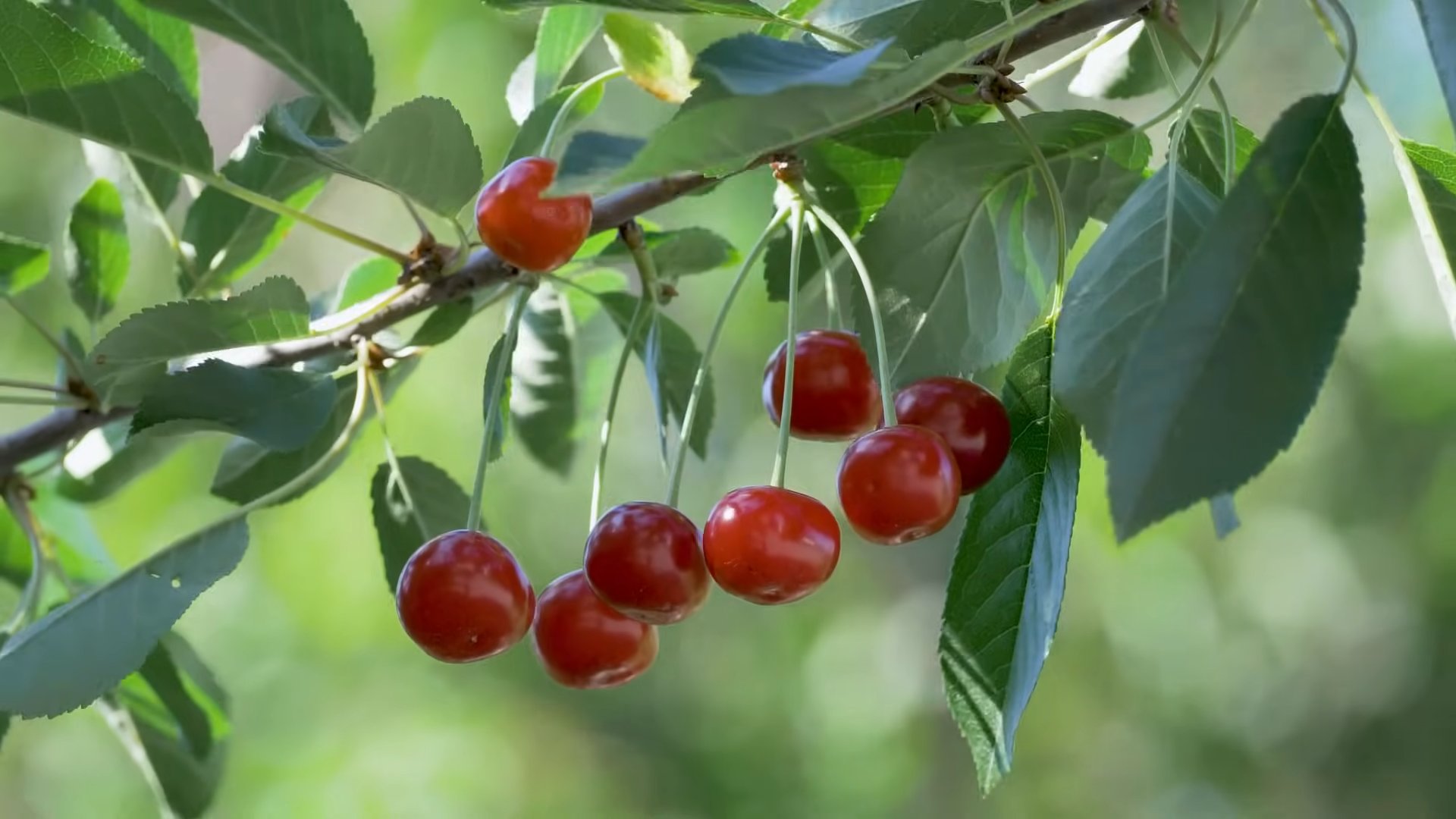
Conclusion
So, there you have it! Growing cherry trees in your backyard might seem daunting at first, but with a little planning, patience, and the right techniques, you can enjoy the sweet rewards of homegrown cherries for years to come. This DIY approach, focusing on careful site selection, proper planting, and consistent care, is a must-try for any home gardener looking to add a touch of orchard magic to their landscape.
Why is this DIY method so compelling? Because it empowers you to take control of the entire process, from choosing the perfect cherry variety suited to your climate and taste preferences to nurturing the tree through its crucial early years. You’re not just buying cherries from the store; you’re cultivating a living, breathing part of your backyard ecosystem, contributing to biodiversity and enjoying the satisfaction of harvesting your own fruit.
But don’t stop there! Experiment with different cherry varieties to discover your favorites. Try Stella for its self-pollinating nature, or Bing for its classic, rich flavor. Consider espaliering your cherry tree against a sunny wall to maximize sunlight exposure and create a stunning visual feature. You can also explore companion planting to deter pests and attract beneficial insects. Plant herbs like basil or lavender around the base of your tree to naturally repel unwanted visitors.
Remember, growing cherry trees is a journey, not a destination. There will be challenges along the way, but the rewards are well worth the effort. The taste of a sun-ripened cherry, picked fresh from your own tree, is simply unparalleled.
We wholeheartedly encourage you to give this DIY trick a try. Start small, be patient, and don’t be afraid to learn from your mistakes. And most importantly, share your experience with us! We’d love to hear about your successes, your challenges, and any tips or tricks you’ve discovered along the way. Post photos of your growing cherry trees, share your favorite cherry recipes, and connect with other backyard orchard enthusiasts. Let’s build a community of passionate cherry growers and celebrate the joy of homegrown fruit! This method of growing cherry trees backyard is a rewarding experience.
Now, let’s address some frequently asked questions to help you get started on your cherry-growing adventure.
Frequently Asked Questions (FAQ)
What is the best time of year to plant a cherry tree?
The ideal time to plant a cherry tree is in the early spring or late fall, when the tree is dormant. This allows the roots to establish themselves before the stresses of summer heat or winter cold set in. If you live in an area with mild winters, fall planting is often preferred, as it gives the tree a longer period to develop its root system before the growing season begins. In colder climates, spring planting is generally recommended to avoid the risk of winter damage to newly planted trees.
What kind of soil do cherry trees need?
Cherry trees thrive in well-drained soil that is rich in organic matter. They prefer a slightly acidic to neutral soil pH, ideally between 6.0 and 7.0. Before planting, it’s a good idea to test your soil to determine its pH and nutrient levels. Amend the soil with compost or other organic matter to improve drainage and fertility. Avoid planting cherry trees in heavy clay soil, as this can lead to root rot. If you have clay soil, consider planting your cherry tree in a raised bed or container.
How much sunlight do cherry trees need?
Cherry trees require at least six to eight hours of direct sunlight per day to produce a good crop of fruit. Choose a planting location that receives full sun throughout the day. Avoid planting cherry trees in areas that are shaded by buildings or other trees. Insufficient sunlight can lead to poor fruit production and increased susceptibility to diseases.
Do I need to plant more than one cherry tree for pollination?
This depends on the variety of cherry tree you choose. Some cherry varieties are self-pollinating, meaning they can produce fruit without the need for another tree. However, even self-pollinating varieties often benefit from cross-pollination with another cherry tree. Other cherry varieties are not self-pollinating and require a compatible pollinator tree nearby to produce fruit. When selecting cherry trees, be sure to check their pollination requirements and choose compatible varieties if necessary. Popular self-pollinating varieties include Stella and Lapins. Bing cherries, on the other hand, require a pollinator.
How often should I water my cherry tree?
Newly planted cherry trees need regular watering to help them establish their root systems. Water deeply and regularly, especially during dry periods. Once the tree is established, you can reduce the frequency of watering, but still provide supplemental water during prolonged droughts. Avoid overwatering, as this can lead to root rot. A good rule of thumb is to water deeply when the top inch of soil feels dry to the touch.
How do I protect my cherry tree from pests and diseases?
Cherry trees are susceptible to a variety of pests and diseases, including aphids, cherry fruit flies, brown rot, and leaf spot. To protect your tree, practice good sanitation by removing fallen leaves and fruit from around the base of the tree. Prune your tree regularly to improve air circulation and reduce humidity. Monitor your tree regularly for signs of pests or diseases and take action promptly if you notice any problems. Consider using organic pest control methods, such as insecticidal soap or neem oil, to control pests. For diseases, consider using a copper-based fungicide.
When will my cherry tree start producing fruit?
Cherry trees typically start producing fruit within three to five years of planting, depending on the variety and growing conditions. Dwarf varieties may start producing fruit sooner than standard-sized trees. Be patient and provide your tree with the care it needs to thrive. With proper care, your cherry tree will reward you with delicious fruit for many years to come.
How do I prune my cherry tree?
Pruning is essential for maintaining the health and productivity of your cherry tree. Prune your tree annually in late winter or early spring, before the buds begin to swell. Remove any dead, damaged, or diseased branches. Thin out crowded branches to improve air circulation and sunlight penetration. Prune to maintain a strong central leader and a well-balanced canopy. Avoid pruning too heavily, as this can reduce fruit production.
Can I grow a cherry tree in a container?
Yes, you can grow a cherry tree in a container, especially if you choose a dwarf variety. Select a large container with good drainage and use a high-quality potting mix. Be sure to water and fertilize your container-grown cherry tree regularly. Container-grown cherry trees may need to be protected from extreme temperatures during the winter months.
What fertilizer should I use for my cherry tree?
Fertilize your cherry tree in the spring with a balanced fertilizer that is formulated for fruit trees. Follow the instructions on the fertilizer label carefully. Avoid over-fertilizing, as this can damage the tree. You can also amend the soil with compost or other organic matter to provide a slow-release source of nutrients.


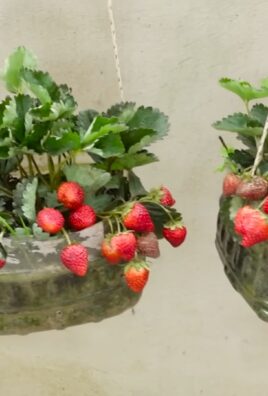
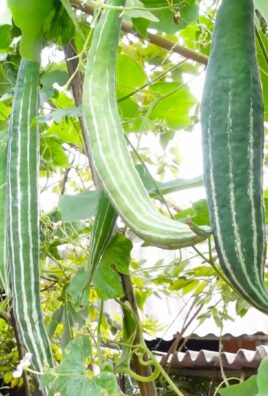
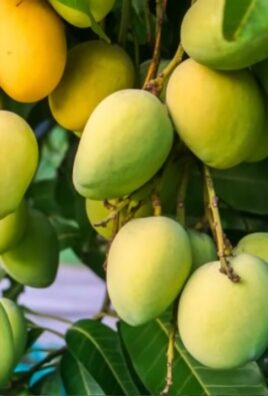
Leave a Comment